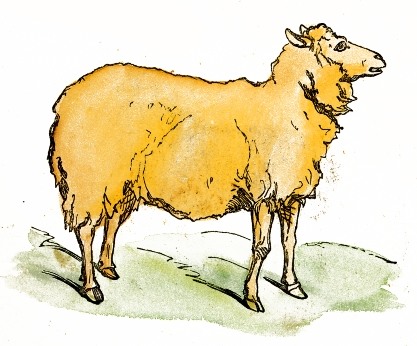Abraham
Guide your users in the one true path.
Abraham injects dynamically-generated Shepherd.js code into your Rails application whenever a user should see a guided tour. Skip a tour, and we'll try again next time; complete a tour, and it won't show up again.
- Define tour content with simple YAML files, in any/many languages.
- Organize tours by controller and action.
- Plays nicely with Turbolinks.
Requirements
- devise? (for current_user)
Installation
Add Abraham to your Gemfile:
gem 'abraham'
Then run:
$ bundle install
$ rails generate abraham:install
Require Shepherd.js in app/assets/javascripts/application.js
//= require shepherd.js.js
Require a Shepherd.js CSS theme in app/assets/stylesheets/application.scss
//= require "shepherd.js/dist/css/shepherd-theme-default"
Shepherd.js provides the following themes:
shepherd-theme-arrowsshepherd-theme-arrows-fixshepherd-theme-arrows-plain-buttonsshepherd-theme-darkshepherd-theme-defaultshepherd-theme-squareshepherd-theme-square-dark
Defining your tours
Define your tours in the config/tours directory. Its directory structure should mirror your application's controllers, and the tour files should mirror your actions/views.
config/
└── tours/
└── blog/
│ ├── show.en.yml
│ └── show.es.yml
└── articles/
├── index.en.yml
├── index.es.yml
├── show.en.yml
└── show.es.yml
NB: You must specify a locale in the filename, even if you're only supporting one language.
Tour content
A tour is composed of a series of steps. A step may have a title and must have a description. You may attach a step to a particular element on the page, and place the callout to the left, right, top, or bottom.
intro:
steps:
1:
text: "Welcome to your dashboard! This is where we'll highlight key information to manage your day."
2:
title: "Events"
text: "If you're participating in any events today, we'll show that here."
attachTo:
element: ".dashboard-events"
placement: "right"
3:
title: "Search"
text: "You can find anything else by using the search bar."
attachTo:
element: ".navbar-primary form"
placement: "bottom"
Abraham takes care of which buttons should appear with each step:
- "Later" and "Continue" buttons on the first step
- "Exit" and "Next" buttons on intermediate steps
- "Done" button on the last step
Testing your tours
Abraham loads tour definitions once when you start your server. If you'd like to iteratively test changes without restarting your server, use the Rails console to rerun the initializer:
???
